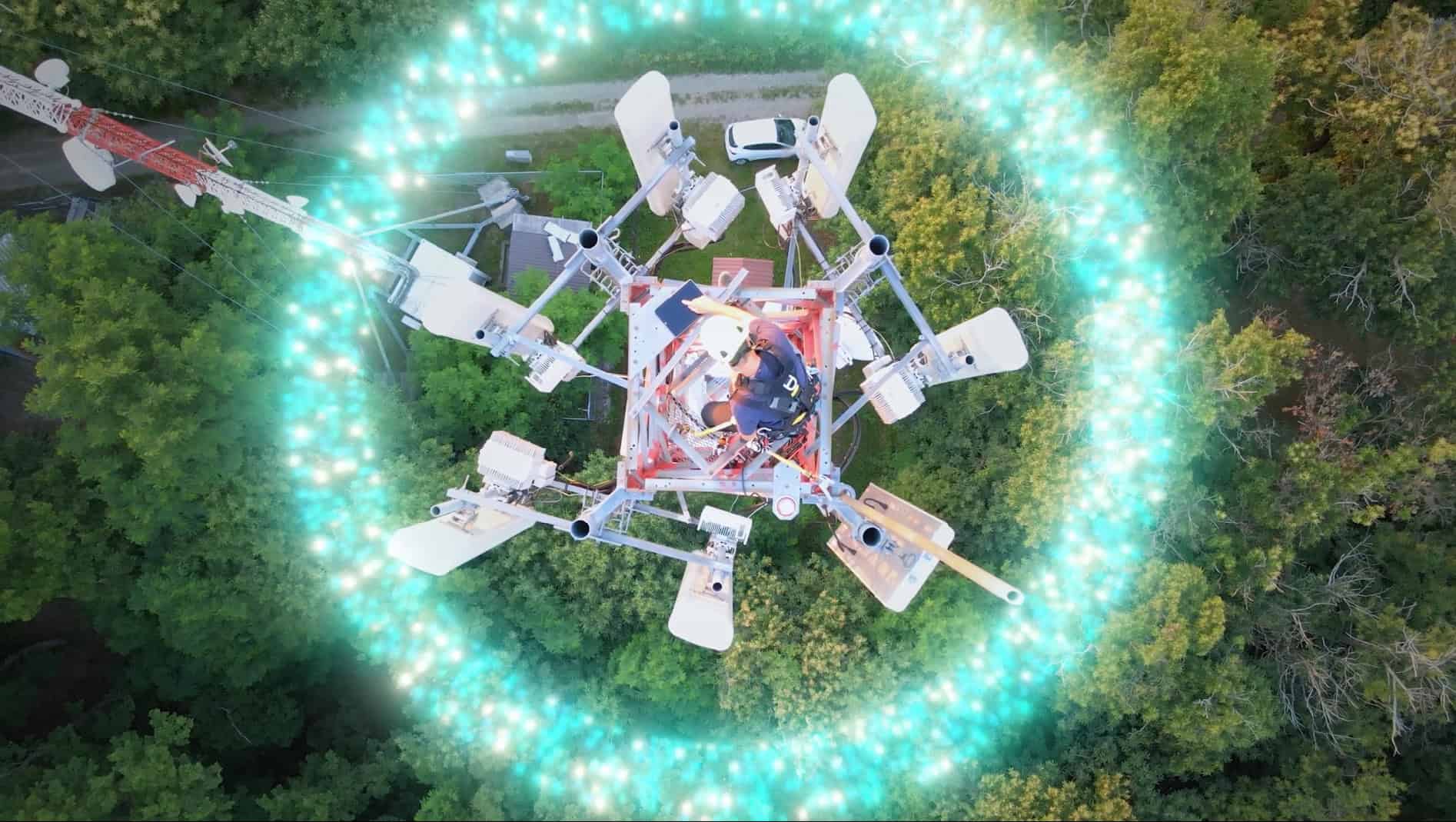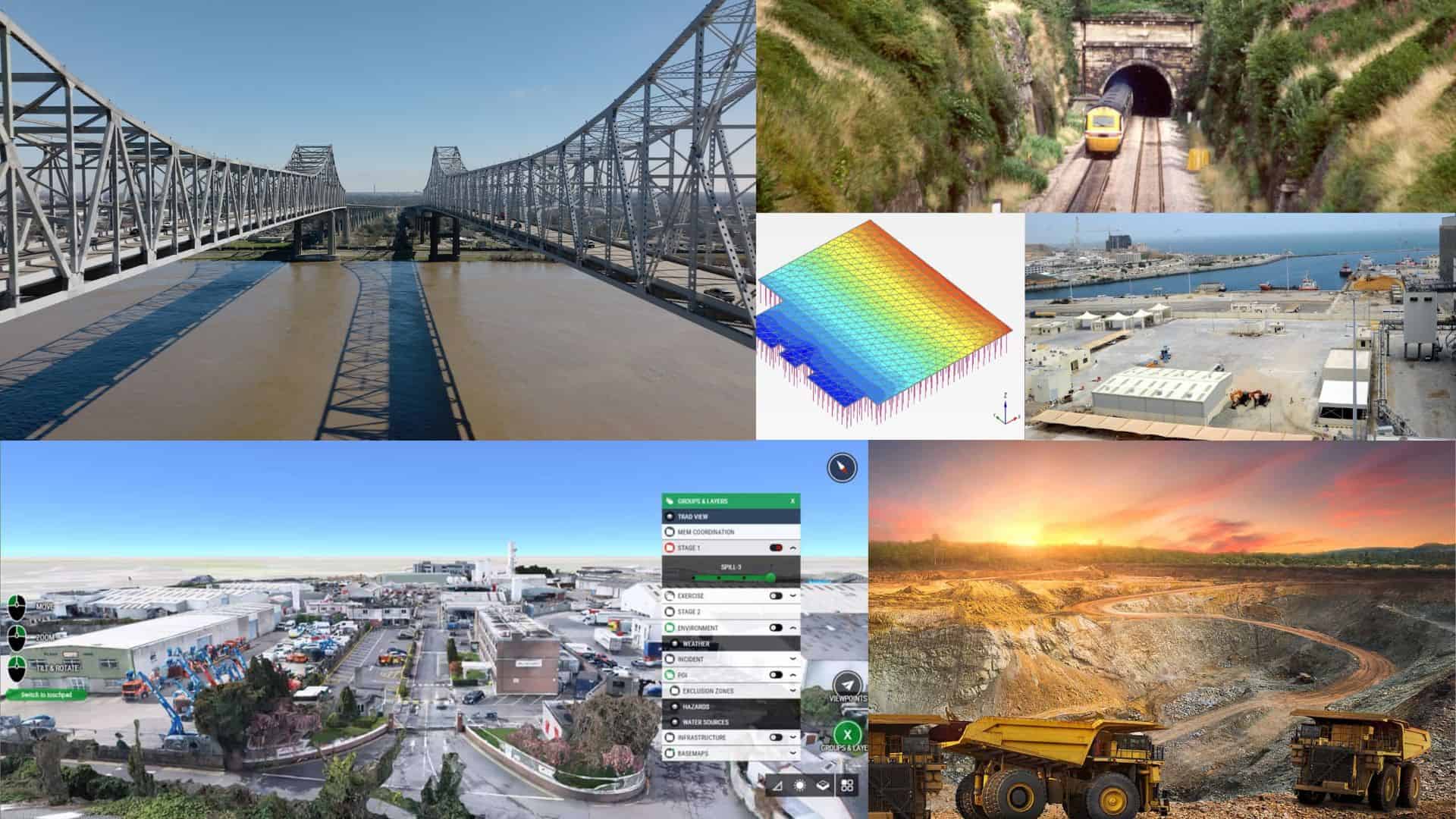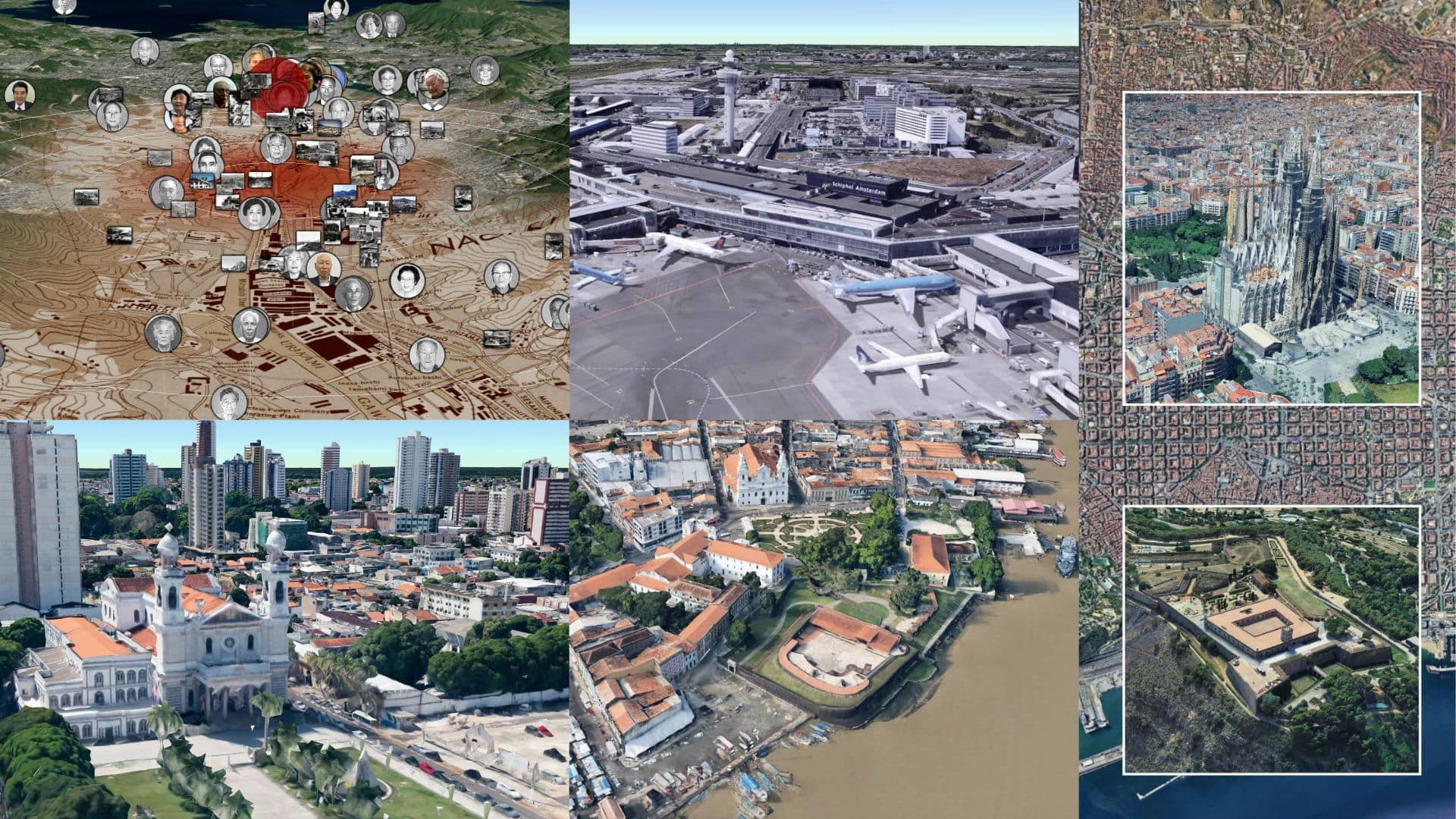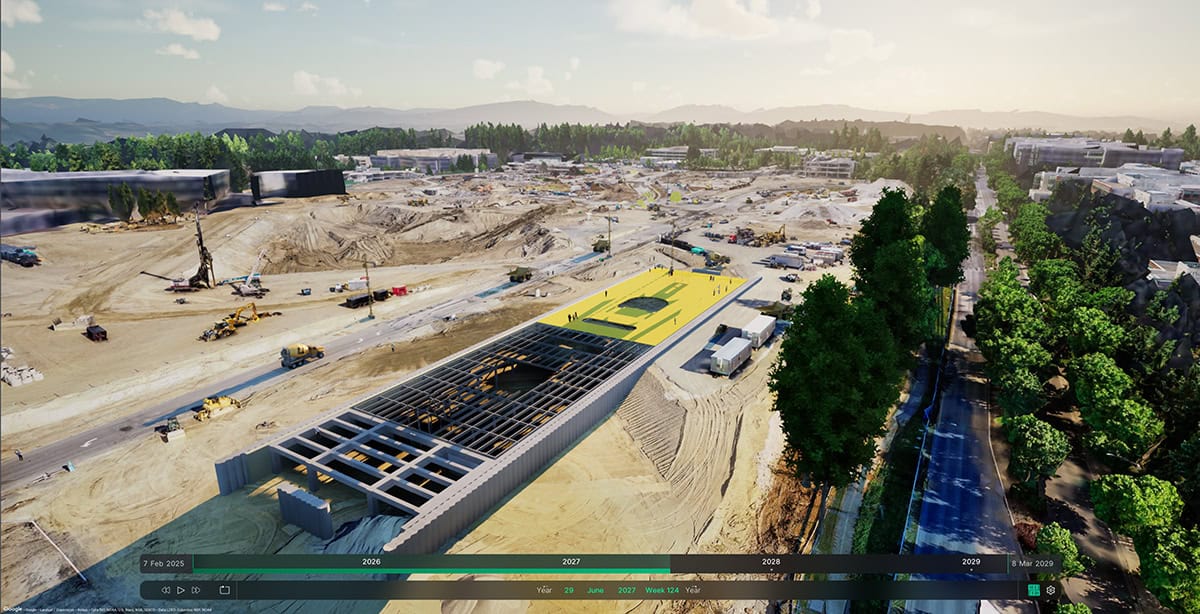The last few decades have been largely defined by the digital revolution. Personal computing has evolved from basic gaming and word processing on a monochrome display, to journeying to distant websites and databases on an early version of the internet, to instantly sharing high-definition video via powerful smartphones in our pockets.
This rapid technological revolution has made us all vastly more productive. Paying bills evolved from bank visits and meticulously writing checks to setting an automated online payment. Verifying a basic fact, such as “what was the first movie to win a Best Picture Oscar,” has changed from meticulous research at a library to a simple Google search that would instantly produce the movie Wings, which won in 1927.
That same technological evolution has also vastly improved how infrastructure is designed, built, and operated. The AEC sector is rapidly moving away from using marked-up hand-drawn plans towards the ability to create immersive digital recreations of real-world environments in which relevant performance data can be easily accessed and assessed.
Digital transformation is showing no signs of slowing down. When the pandemic hit, the workforce responded by accelerating the use of technology to allow the temporarily isolated to continue to work and collaborate, in many cases even more effectively than ever before.
Yet the need for further advancement continues to grow, particularly in the AEC sector which currently sits at the nexus between talent shortages and growing demand. That demand is due to both the need to repair and upgrade existing infrastructure and to meet growing infrastructure demands in countries where net new projects are happening due to population growth/migration and economic development. The impacts of climate change are further compounding demand for projects involving both new and existing infrastructure. According to ACEC Research Institute, 10% of full-time positions at engineering firms remain vacant. That shortage is contributing to an overall average project backlog of one year.
While digitalization may have already left an indelible mark on the AEC industry, there has never been a more crucial time than now for the industry to accelerate its digital transformation efforts.
Enter Infrastructure Intelligence
At Bentley, we believe that engineering firms can bridge the current engineering resource capacity gap by gaining what we call infrastructure intelligence – the capability to leverage data from engineering technology, information technology, and operations technology (ET, IT, and OT) to improve project delivery and asset performance.
Increasing infrastructure intelligence starts with data. Think of data as the foundation on which digital twins can be constructed. By unlocking data from silos, sharing it with all teams, and leveraging it into daily workflows, organizations can gain infrastructure intelligence. Additionally, data can be reused in multiple projects by creating libraries of pre-made components or generating components automatically with artificial intelligence.
However, unlocking data poses a key challenge to the infrastructure sector. Even today, an abundance of valuable data is trapped in files, models, and drawings – and is often confined to paper. This data is critical for informed decision-making, but it remains underutilized because models, plans, and observations are trapped within various incompatible or impractical formats.
Making your organization data-centric starts by using the right applications. For a true data-centric approach, applications should enable your data to be open and accessible in the long term across models, plans, databases, observations made, and other sources. Not only does each product within Bentley’s suite excel in its specialized domain, aiming to be the best-of-breed, our applications are based on an open platform that is widely compatible with an array of applications.
The underlying power to our approach of enabling data-centric workflows lies in the integration across our products through a common platform – the iTwin Platform. This integration allows users to incorporate project data created by diverse design tools into a living digital twin, aligning it with reality data and other associated data without disrupting current tools or processes.
To the Continuum and Beyond
The advancement towards data-centricity is not a one-time event, it’s a continuous progression. It involves unlocking data in specific blocks or disciplines, seamlessly transferring it through a digital twin, and building upon it with successive tools.
The iterative approach to data-centricity allows for teams to better orchestrate the complexity of people and processes that are involved with all phases of the infrastructure project lifecycle. We view this orchestration as informing clear strategies that accelerate infrastructure intelligence. These strategies include reusing digital components, integrating subsurface modeling, and incorporating, into evergreen digital twins, operational data from IoT sensors, drones, and even crowdsourcing.
As data increases and is combined and enriched with other data, its value compounds and organizations can advance infrastructure intelligence.
There is no end to gaining infrastructure intelligence – it is a process of continuous improvement.









